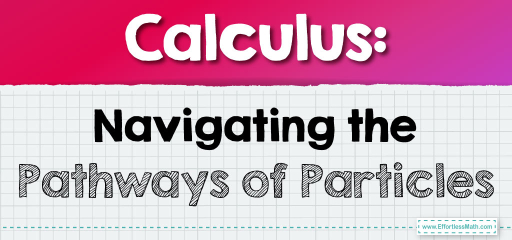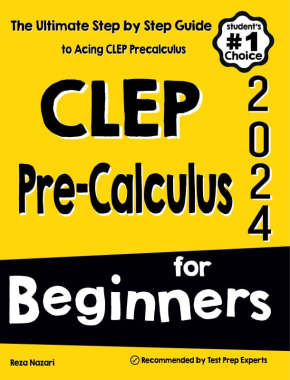Calculus: Navigating the Pathways of Particles
[include_netrun_products_block from-products="product/6-south-carolina-sc-ready-grade-3-math-practice-tests/" product-list-class="bundle-products float-left" product-item-class="float-left" product-item-image-container-class="p-0 float-left" product-item-image-container-size="col-2" product-item-image-container-custom-style="" product-item-container-size="" product-item-add-to-cart-class="btn-accent btn-purchase-ajax" product-item-button-custom-url="{{url}}/?ajax-add-to-cart={{id}}" product-item-button-custom-url-if-not-salable="{{productUrl}} product-item-container-class="" product-item-element-order="image,title,purchase,price" product-item-title-size="" product-item-title-wrapper-size="col-10" product-item-title-tag="h3" product-item-title-class="mt-0" product-item-title-wrapper-class="float-left pr-0" product-item-price-size="" product-item-purchase-size="" product-item-purchase-wrapper-size="" product-item-price-wrapper-class="pr-0 float-left" product-item-price-wrapper-size="col-10" product-item-read-more-text="" product-item-add-to-cart-text="" product-item-add-to-cart-custom-attribute="title='Purchase this book with single click'" product-item-thumbnail-size="290-380" show-details="false" show-excerpt="false" paginate="false" lazy-load="true"] [include_netrun_products_block from-products="product/6-south-carolina-sc-ready-grade-3-math-practice-tests/" product-list-class="bundle-products float-left" product-item-class="float-left" product-item-image-container-class="p-0 float-left" product-item-image-container-size="col-2" product-item-image-container-custom-style="" product-item-container-size="" product-item-add-to-cart-class="btn-accent btn-purchase-ajax" product-item-button-custom-url="{{url}}/?ajax-add-to-cart={{id}}" product-item-button-custom-url-if-not-salable="{{productUrl}} product-item-container-class="" product-item-element-order="image,title,purchase,price" product-item-title-size="" product-item-title-wrapper-size="col-10" product-item-title-tag="h3" product-item-title-class="mt-0" product-item-title-wrapper-class="float-left pr-0" product-item-price-size="" product-item-purchase-size="" product-item-purchase-wrapper-size="" product-item-price-wrapper-class="pr-0 float-left" product-item-price-wrapper-size="col-10" product-item-read-more-text="" product-item-add-to-cart-text="" product-item-add-to-cart-custom-attribute="title='Purchase this book with single click'" product-item-thumbnail-size="290-380" show-details="false" show-excerpt="false" paginate="false" lazy-load="true"]

Calculus facilitates the exploration of particle motion in multi-dimensional spaces, extending analyses to rotational dynamics and oscillatory motion. It empowers physicists to tackle non-linear systems where forces vary with position or time, leading to breakthroughs in understanding chaotic systems and quantum mechanics. Techniques like vector calculus and partial differential equations are instrumental in fields ranging from electromagnetism to fluid dynamics, showcasing calculus’s versatility in dissecting the intricate behaviors of particles across different scales and environments.
To mathematically model particle motion using calculus, we typically employ the following concepts:
- Position, Velocity, and Acceleration:
- Position \((s(t))\) as a function of time \((t)\) describes the location of a particle along a path.
- Velocity \((v(t))\) is the derivative of position, \(v(t) = \frac{ds}{dt}\), indicating the rate of change of position.
- Acceleration \((a(t))\) is the derivative of velocity, \(a(t) = \frac{dv}{dt}\), representing the rate of change of velocity.
- Differential Equations:
- Motion can be described by differential equations that relate acceleration, velocity, and position.
- For example, \(a(t) = \frac{d^2s}{dt^2}\) is a second-order differential equation that can model forces acting on a particle.
- Initial Conditions:
- Solving motion problems often requires initial conditions, such as initial position \(s(0)\) and initial velocity \(v(0)\).
- Integration:
- Integrating acceleration gives velocity, and integrating velocity gives position.
- For instance, if \(a(t) = -9.8 m/s^2\) (free fall), integrating gives \(v(t) = -9.8t + C_1\), and further integrating yields \(s(t) = -4.9t^2 + C_1t + C_2\).
- Vector Calculus for 3D Motion:
- In three dimensions, position, velocity, and acceleration are vector functions of time, \( \vec{r}(t) \), \( \vec{v}(t) \), and \( \vec{a}(t) \).
- Motion equations extend to vector forms, e.g., \( \vec{v}(t) = \frac{d\vec{r}}{dt} \) and \( \vec{a}(t) = \frac{d\vec{v}}{dt} \).
These mathematical tools allow physicists to precisely predict particle paths, analyze dynamic systems’ stability, and explore complex motion patterns in various physical contexts.
Related to This Article
More math articles
- Top 10 TSI Math Test-taking Tips
- Top 10 ACT Math Practice Questions
- How to Solve Arithmetic Series
- Top 10 Free Websites for CBEST Math Preparation
- How Can Redefining a Function’s Value Solve Your Limit Problems
- Top 10 ASVAB Math Prep Books (Our 2023 Favorite Picks)
- Intelligent Math Puzzle – Challenge 82
- Driving Electric Is Cheaper: Let’s Do the Math
- The Ultimate Algebra 1 Course (+FREE Worksheets)
- How to Graph Transformation on the Coordinate Plane: Rotation?
















What people say about "Calculus: Navigating the Pathways of Particles - Effortless Math: We Help Students Learn to LOVE Mathematics"?
No one replied yet.